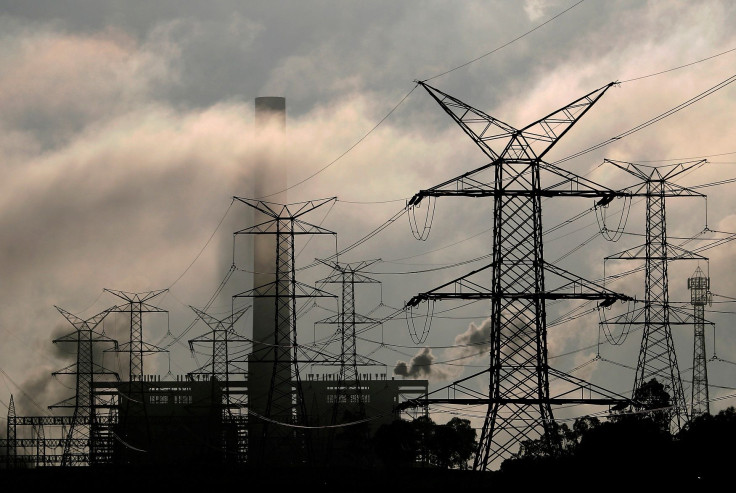SA power: 40,000 homes lose power after 'rotational load shedding' as temperatures soar

As many as 40,000 South Australian homes experienced power cuts for half an hour on Wednesday. The power cut came on the heels of scorching conditions as a result of high temperatures across the state.
This came in the wake of Australian Energy Market Operator (AEMO) ordering what it called a “rotational load shedding” after a 100-megawatt shortfall from local generation capacity was identified. There have been at least three major blackouts since Sept. 28, when the entire state suffered power loss due to severe storms.
Australia’s energy policy became the centre of a debate following the power outage. While the state held the AEMO accountable for the shortage, the federal government said the states were responsible for excessive renewable energy goals.
The demand for additional power supply was issued by AEMO on Thursday morning. Temperatures in much of South Australia have reached low 40 degrees Celsius. In NSW, similar scorching conditions persist. As a result, AEMO has issued a so-called "forecast lack of reserve" notice for 5 p.m. on Friday.
South Australia's Energy Minister Tim Koutsantonis said the power cut occurred due to what he called was a "massive, catastrophic failure" on part of the AEMO. He said the state had sufficient availability of electricity capacity. He said as much as 250 MW of the Pelican Point gas-fired power station had not been in use.
"Every South Australian has every right to be furious with the way our national electricity market is operating," Koutsantonis said, speaking with Radio National. "We're at the mercy now of national operators in a privatised market that operate on price signals rather than a public good."
French company Engie, the largest owner of Pelican Point, said half of the 490 MW power plant had been in operation since last June. The other unit was not operable as "it hasn't been viable to operate", a spokesman said, speaking with Fairfax Media.
According to Premier Jay Weatherill, Prime Minister Malcolm Turnbull and his government were to be held responsible. “What that means here is that we have to step up and take control of our own future,” he said.
One of the measures to combat the problem, Weatherill added, would be to nationalise the system. “It would involve breaking contracts and exposing us to sovereign risk and the South Australian taxpayers to extraordinary sums of money,” he said. “It is not a preferred option.”





















